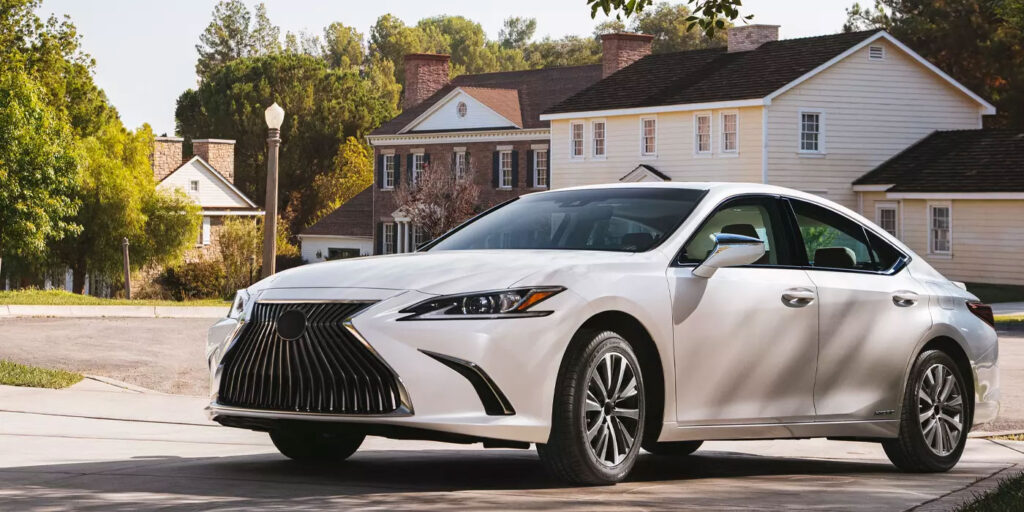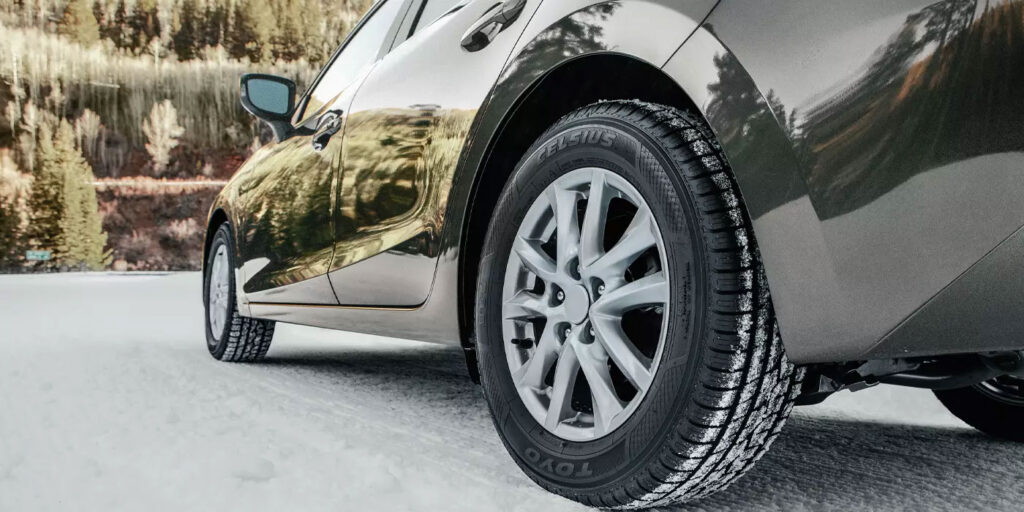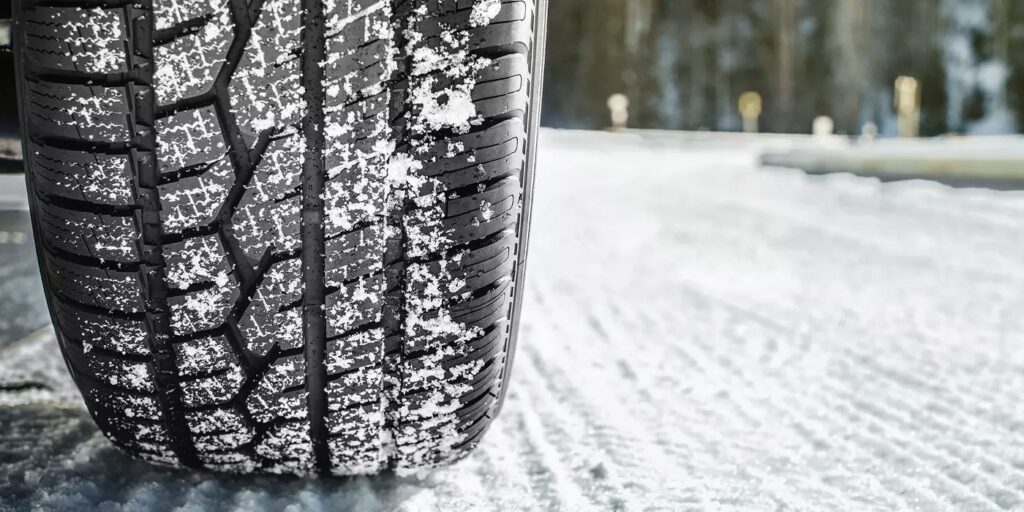The all-weather tire category is one of the latest trends in the tire industry, and it’s leading the way with steady growth in sales, popularity and application. This newer segment is accomplishing what the all-season category couldn’t with true year-round performance, safety and versatility. Advancements in tire technology have allowed this category to flourish with many manufacturers developing tires that can perform in all conditions, while simultaneously increasing tire life.
Across the industry, many manufacturers are heavily investing in the all-weather tire category due to three main factors: consumer convenience, confidence and safety. The all-weather tire presents a unique opportunity for dealers and consumers alike. Dealers can stock and sell all-weather tires throughout the year while consumers can confidently buy and rely on one set of tires to perform throughout the year.
The growth in sales of the all-weather category year-to-year has yet to plateau and will continue to see substantial growth. The steady success of this tire type has led to a shift toward more specialty fitments. A category that started as primarily focused on passenger cars, CUVs, and SUVs has grown to include products and fitments for touring, luxury and sports vehicles as well as cargo vans and work trucks.
Staking Claim in the Market
All-weather tires are a great option for people all around the country; not just for those who live in northern states. Dealers should take the opportunity to educate their customers on the benefits of these new products. The proven performance in dry, wet and snowy conditions plus year-round convenience and tread life are key selling points.
Every all-weather tire comes stamped with a Three-Peak Mountain Snowflake (3PMS) certification, and dealers should relay the significance of this to their customers when explaining the difference between an all-season tire and an all-weather tire. For example, a tire such as the new Toyo Celsius Sport attained a 3PMS rating after rigorous testing determined that the tire is capable of at least 110 percent of the traction of a reference all-season tire. The mud and snow marking, or “M&S” as is seen on the sidewall, is really a very general indication that a tire is designed to handle some bad weather. Any tire conforming to some very basic requirements for void area and positioning of grooves in the tread pattern can be branded “M&S” at the manufacturer’s discretion.

All-weather tires are versatile and convenient. People who have resisted winter tires and driven on all season tires just to avoid swapping tires twice a year will really appreciate them. So will parents sending their children to college in a snowy climate, with the expectation they will be driving home during breaks. After all, who can put a price on peace of mind? In locations such as California, an all-weather tire provides the capability to visit the mountains without the need for chains or a dedicated winter tire. In locations like Texas or Georgia, where a sudden snowstorm may occur, the 3PMS-rated tire can deliver a safer drive home. Owners are getting all of these benefits while still enjoying a quiet, comfortable ride and long tread life.
Dealers are also benefiting from the growing popularity of all-weather tires. With manufacturers building and selling them year-round, dealers can feel less pressure about winter tire forecasts early in the year. Sales are not dependent on an early snowstorm but rather on the wear of existing tires. One might assume that winter tires are seeing a decrease in sales, but it is in fact all-season tires that stand to lose in this battle. Winter tires are still the best choice for some drivers. The decision by a consumer to invest in a separate set of winter tires should be based on the longevity, severity and geographical area of the winter driving conditions they face. Ultimately, a customer should feel confident and comfortable when they leave the shop.
Digging into the Technology
The all-weather category has far surpassed where the tire industry was 10 years ago. Building a true year-round product with great tire life and a quiet ride was once impossible. The keys to developing an all-weather tire are compound and tread design.
Developing an all-weather tire means having a durable compound that can withstand a broader range of weather and temperature year-round, while still performing well in dry and wet conditions. Tire compounds for dedicated winter tires are not designed for warmer temperatures and will wear quickly when driven above certain temperatures.

All-season tires, on the other hand, can’t perform as well in snow as winter tires. Advancements in technology have allowed manufacturers to expand the performance capabilities of the tire while retaining ample tire wear. The traditional spider chart that dealers so often see in new product training materials is now beginning to look more like a circle.
While the all-weather tire’s tread compound is a heavy focus, the tire also needs a tread design developed for all conditions. An asymmetrical design that combines both wet and dry capabilities plus sharper tread block designs and siping aids these all-weather tires in conquering snow, ice and dry conditions. The asymmetrical design also allows for cross-rotation during maintenance, which extends tire life and can be explained to consumers at the point of purchase.
Bottom line, the all-weather category will continue to increase in popularity, and the industry will see more specialty fitments being developed. We believe the market share of all-weather tires will steadily increase while all-season tires will decrease, as manufacturers continue to heavily invest in this area. Advancements in tire technology will fuel this emerging trend, and dealers and consumers will benefit.
Robert “Sonny” McDonald is the national training manager for Toyo Tire USA Corp, where he has spent 20 years of his 30-plus year career in the tire industry. Previously, he served as a sales representative for Tire Rack and was an aircraft maintenance specialist in the US Air Force.














